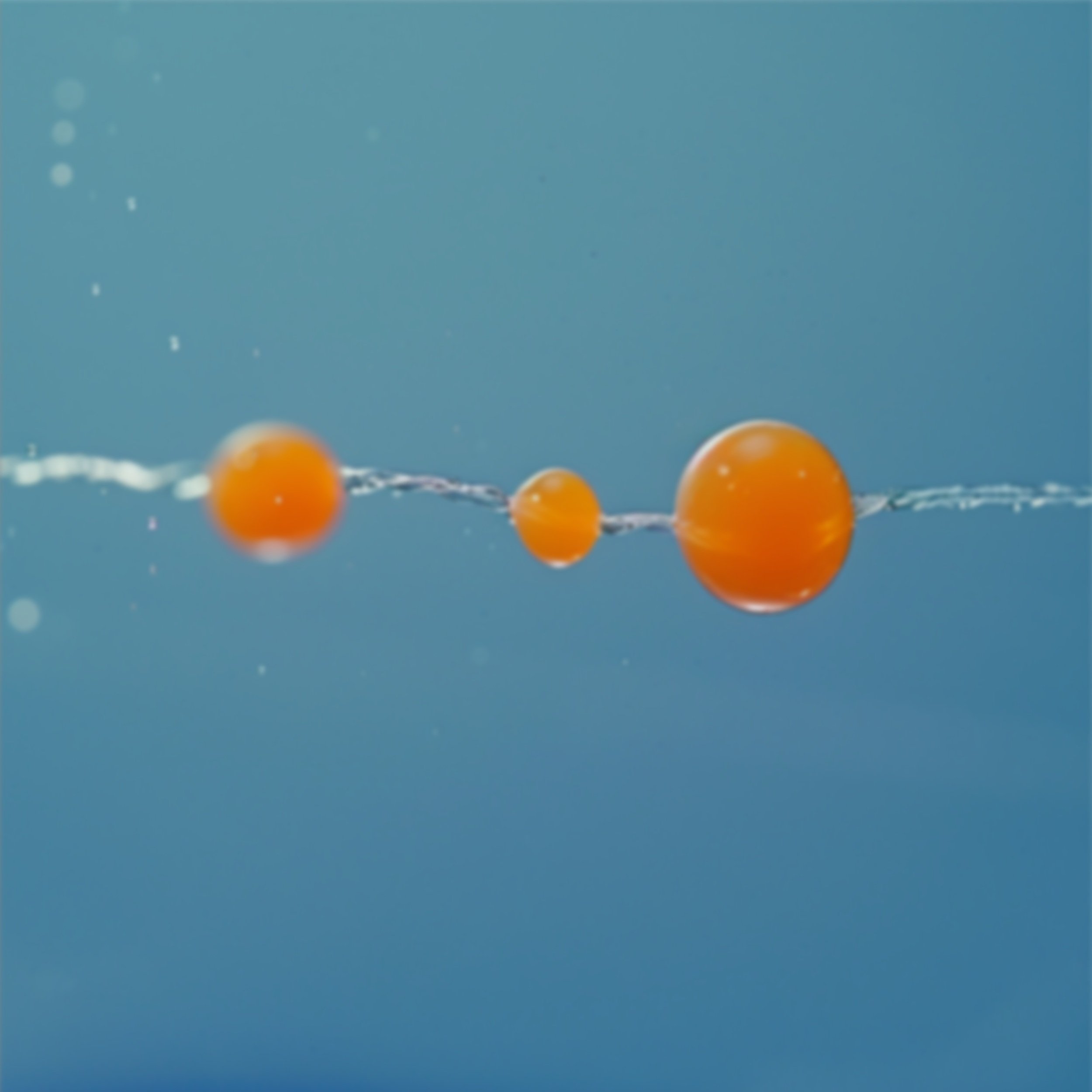
Schuijers Lab at UMC Utrecht
Transcriptional condensates: regulation & control
Research
Transcriptional control is one of the major determining factors for correct development and cellular differentiation. As such, failure to achieve appropriate transcriptional control lies at the heart of the majority of diseases. By studying the mechanisms by which transcriptional control is achieved we aim to gain insights in these processes with therapeutic intervention as our ultimate goal.
Targeted condensate perturbation
Phase-separated biomolecular condensates provide a possible new modality to target gene expression. Insights from condensate biology have led to an updated model of transcription that is incompletely understood and holds great potential for new therapeutical approaches. Understanding phase-separated condensates allows us to use the rules of physics to target biology. We focus on understanding the role of biomolecular condensates in oncogenic signaling and exploiting condensate mechanics to control oncogenic transcription.
Signaling condensates
Many cellular processes are organized in localized membraneless compartments called biomolecular condensates. We study the nuclear, cytoplasmic and membrane-associated condensates involved in key signaling pathways such as Wnt, Tgf-β and JAK/STAT. We have developed live-cell imaging techniques to uncover the dynamics and function of these condensates.
This project has received funding from the European Union’s Horizon 2020 research and innovation programme under the Marie Skłodowska-Curie grant agreement No 897220
Optical-tweezers to explore condensate biology
How transcriptional condensates are formed on DNA and how they physically organize the local DNA environment is incompletely understood. We use optical tweezers to directly visualize and quantify how DNA-bound condensates form and determine DNA architecture, and how DNA sequence and chromatin state inform this process.
Molecular features underlying condensate formation
The capacity to undergo liquid-liquid phase separation (LLPS) is likely to be the driving mechanism for the formation of biomolecular condensates. In order to understand the behavior of signaling condensates we study which molecular features of the terminal signaling factors are important for their propensity to undergo LLPS. Using in vitro droplet formation assays and in vivo perturbation assays we analyze the importance of amino acid side chains, phosphorylation, and backbone flexibility for condensate formation.
Publications
MonsterJL., Manzato C, van der Beek JA, Pannekoek WJ, Hummelink JA, Hadders MA, de Heus C, Klumperman J, Schuijers J§, Gloerich M§.
β-catenin condensation facilitates clustering of the cadherin/catenin complex and formation of nascent cell-cell junctions. Nat Commun (2025). https://doi.org/10.1038/s41467-025-66984-2Manzato C, Sirati N, Knol BA, Kuiken HJ, Morris B, Fleming CF, Beijersbergen RL, Schuijers J§
Condensate screening identifies YM155 as β-catenin condensate inhibitor in colorectal cancer. bioRxiv 2025.01.13.632724; doi: https://doi.org/10.1101/2025.01.13.632724Gui T, Fleming C, Manzatio C, Bourgeois B, Siratie N, Heuer J, Papadionysiou I, van Montfort I, van Gijzen M, Smits LMM, Burgering BMT, Madl T, Schuijers J§.
Targeted perturbation of signaling-driven condensates. Mol Cell. 2023 Nov 16; 83(22) 4141-4157.e11Zamudio AV, Dall’Agnese A, Henninger JE, Manteiga JC, Afeyan LK, Hannet N, Coffey EL, Li CH, Oksuz O, Sabari BR, Boija A, Klein IA, Hawken SW, Spillie JH, Decker TM, Cisse II, Abraham BJ, Lee TJ, Taatjes DJ, Schuijers J*§, Young RA*§.
Mediator condensates localize signaling factors to key cell identity genes. Mol.Cell. 2019 Dec 05; 76(5) 753-766.e6Sabari BR, Dall’Agnese A, Boija A, Klein IA, Coffey EL, Shrinivas K, Abraham BJ, Hannett NM, Zamudio AV, Manteiga JC, Li CH, Guo YE, Day DS, Schuijers J, Vasile E, Malik S, Hnisz D, Lee TI, Cisse II, Roeder RG, Sharp PA, Chakraborty AK, Young RA.
Coactivator condensation at super-enhancers links phase separation and gene control.Science 2018 Jul 27;361(6400)Boija A, Klein IA, Sabari BR, Dall’Agnese A, Coffey EL, Zamudio AV, Li CH, Shrinivas K, Manteiga JC, Hannett NM, Abraham BJ, Afeyan LK, Guo YE, Rimel JK, Fant CB, Schuijers J, Lee TI, Taatjes DJ, Young RA.
Transcription Factors Activate Genes through the Phase-Separation Capacity of Their Activation Domains. Cell 2018 Dec 13;175(7):1842-1855.e16Schuijers J*, Manteiga JC*, Weintraub AS, Day DS, Zamudio AV, Hnisz D, Lee TI, Young RA.
Transcriptional Dysregulation of MYC Reveals Common Enhancer-Docking Mechanism. Cell Rep. 2018 Apr 10;23(2):349-360Hnisz D*, Schuijers J*, Lin CY, Weintraub AS, Abraham BJ, Lee TI, Bradner JE, Young RA.
Convergence of developmental and oncogenic signaling pathways at transcriptional super-enhancers. Mol Cell. 2015 Apr 16;58(2):362-70Schuijers J, Junker JP, Mokry M, Hatzis P, Koo BK, Sasselli V, van der Flier LG, Cuppen E, van Oudenaarden A, Clevers H.
Ascl2 acts as an R-spondin/Wnt-responsive switch to control stemness in intestinal crypts. Cell Stem Cell. 2015 Feb 5;16(2):158-70Team
Jurian Schuijers
Assistant professor
Postdoc: Whitehead institute/MIT
PhD: Hubrecht Institute
BSc/MSc: Radboud University Nijmegen
Yi-Yun Lin
Post Doc
PhD: Ludwig-Maximilians-University of Munich
Cassio Fleming
PhD Student
MSc: Oncology, Brazilian National Institute of Cancer
Bsc: UNIRIO
Caterina Manzato
PhD Student
MSc: Cellular and Molecular Biotechnology, University of Trento
BSc: Biomolecular Science and Technology, University of Trento
Laurens Heling
Post Doc
Phd: Leiden University
Tim Hendriksen
Master Student
Msc: Wageningen University
Alumni
Post Docs
Nafiseh Sirati
PhD students
Tianshu Gui
Master Students
Bronwen Knol
Danae Welboren
Merel van Gijzen
Jasper Heuer
Ioanna Papadionysiou
Daniel van Montfort











